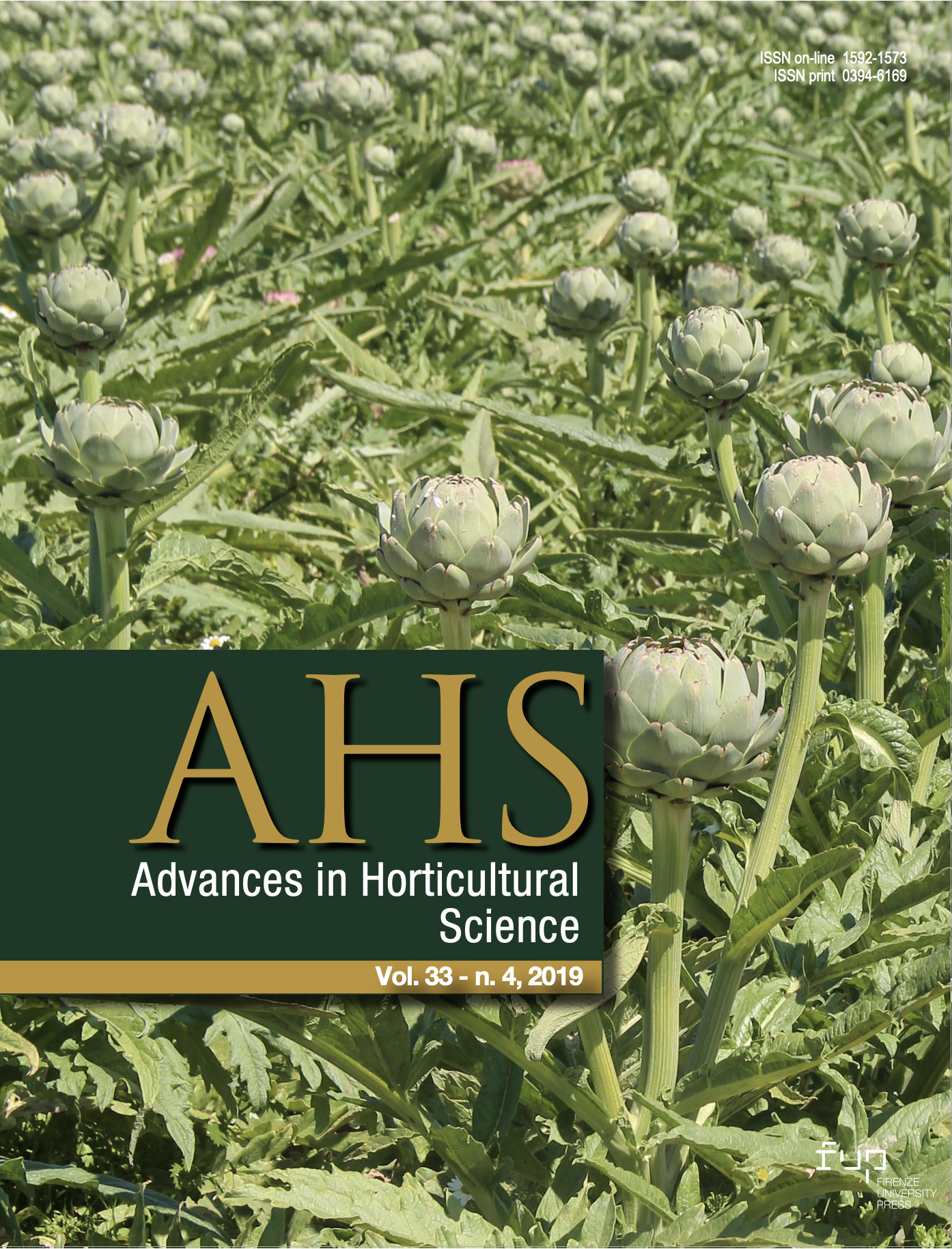Study on relationship between morphological and physiological traits with resistance to rust fungus (Puccinia allii) in Iranian garlic clones
Published 2020-02-26
Keywords
- Allium sativum L.,
- garlic rust,
- combined variance analysis,
- infection frequency
How to Cite
Abstract
In the present study we collected 12 clones of garlic from different geographical origin in Iran. The clones were sown in a field trial under natural infection of the rust fungus during two consecutive years. After 210 days, the reactions of the clones to the disease as well as the morphological features of the clones were evaluated. The results of analysis of variance on morphological traits showed a significant difference among the clones in terms of bulb weight, mean clove weight, number of bulb skin, number of cloves in the bulb, leaf temperature and the percentage of clove dry weight, and nutrient uptake for N,P,K, Mn and Zn. The results showed a positive and significant correlation between the leaf temperature, photosynthesis, nitrogen and manganese uptake and percentage of leaf infection at 1% probability level. The results of the infection frequency showed that the clones ‘Gilvan1’ and ‘Lalejin’ had the lowest percentage of infection and were identified as resistant clones to the rust disease. The results also showed that garlic clones reacted differently to the rust fungus and are separated into resistant, semi resistant, semi-susceptible and susceptible clones.






